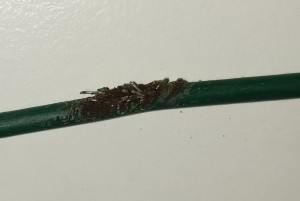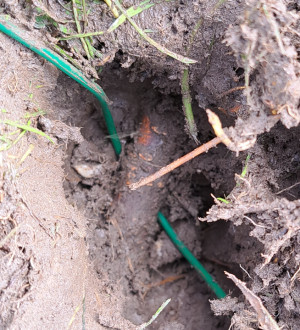Troubleshooting loop signal search loop Husqvarna Automower.
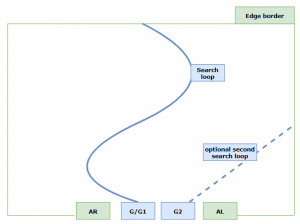
What if one day the search loop of the robotic mower is interrupted. If you have just dug around in the garden, it is relatively easy to search for the problem area, but it is different when the mower no longer has a loop signal without any obvious external influence. The LED on the charging station then no longer lights up green, but flashes in the color blue or yellow on the 305/308 models. Exactly this fate has befallen me several times. I read a long time ago that the search loop can be found with a simple radio: After some trial and error and meanwhile 6 interruptions of the search loop I got the hang of it.
Cause
The cause is usually slight damage to the cable, which eventually leads to a break. The reason for this is probably that the cable is exposed to certain environmental influences over the years: The soil changes, which can also be seen from the fact that the cable is several centimeters deeper in the ground after a few years.
Here is a picture of a tree root that has grown over the cable over time:
Procedure for locating the interruption with a radio:
For troubleshooting, I invested in a small portable transistor radio:
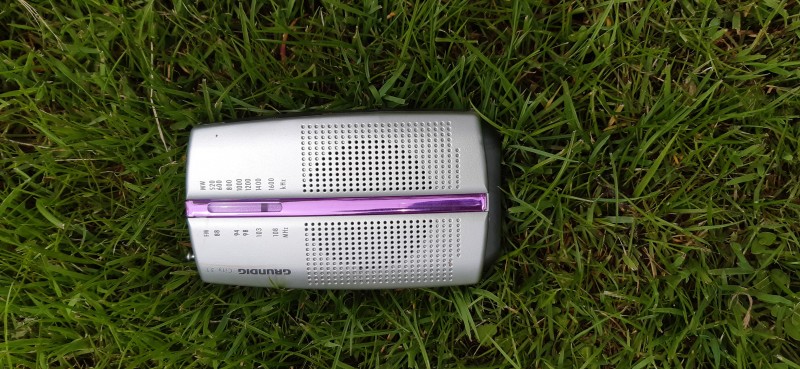
The radio set to AM and about 1500kHz, provides a nice audible noise when held over the search loop.
Our Husvarna 330x has 2 search loops, but the principle in troubleshooting is certainly the same for a mower with only one search loop.
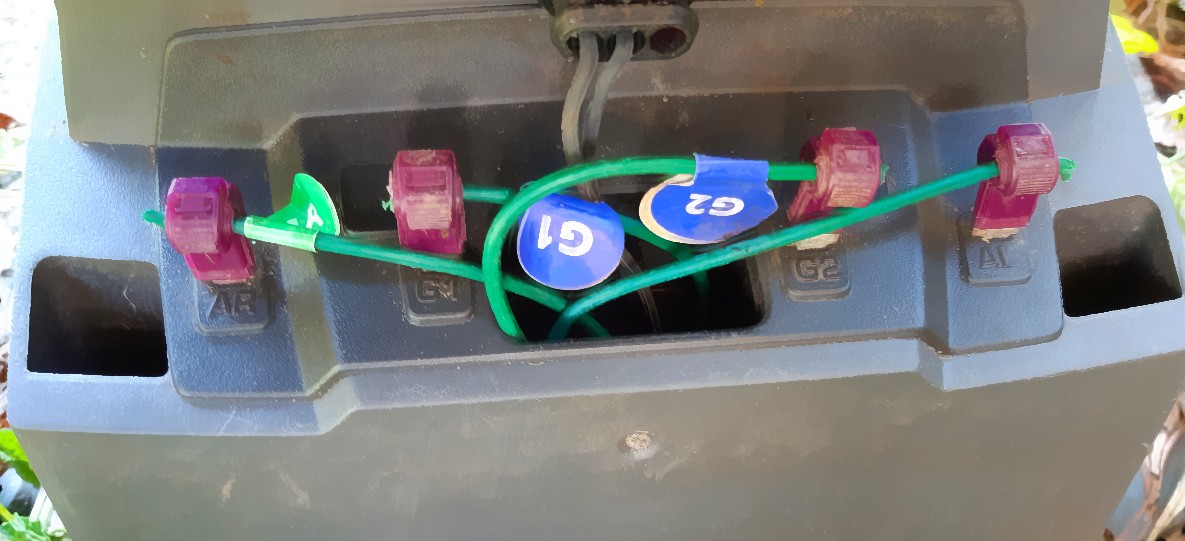
I had the quickest success with the following procedure:
Unplug all connections except for one search loop.
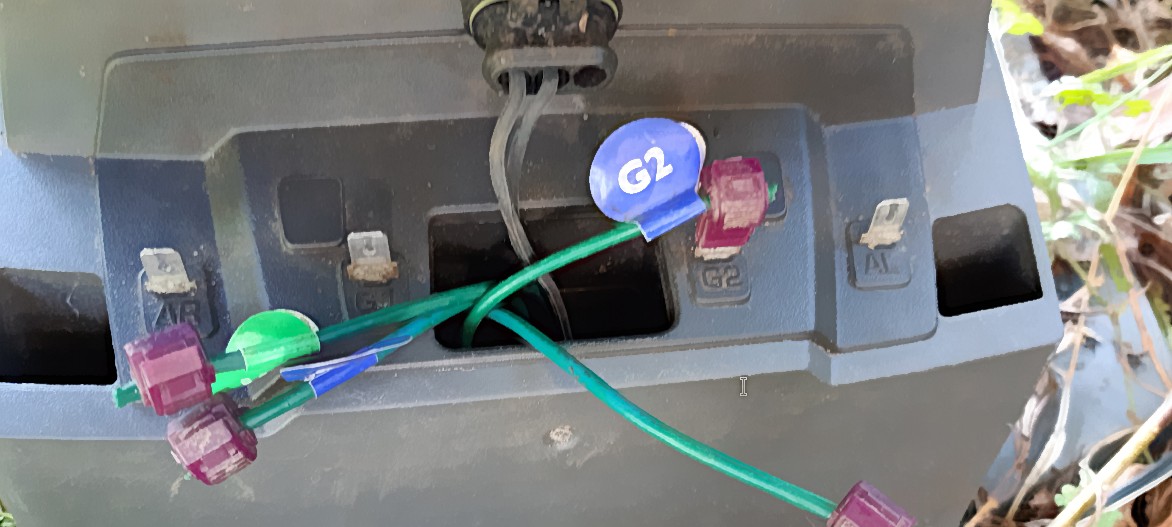
At this point it helps a little to imagine the cable of the boundary and search loop:

If now e.g. only one search loop G, or in case of 2 search loops G1 is connected, the interfering signal can be heard along this with the radio. Since interference is generally induced on the cable, something can always be heard along the cable with the radio, but the search loop causes its own noise, with which it is nevertheless possible to isolate the faulty location.
After the search loop is then connected to the edge boundary, the signal should still be faintly audible on AR and AL, i.e. on the edge boundaries, if the cabling works. If the signal no longer arrives at AL, for example, the interruption is between the plugged-in G and AL. If the cable is a little deeper in the ground after a few years, the signal is often a little more difficult to hear at certain points: the radio very close to the ground, but it should still be perceptible. If a place is found from which absolutely nothing more is to be heard, the cross-check can be made by reconnecting the cables.
Assuming that nothing can be heard anywhere between G and AR, AR can also be plugged into the search loop instead of G. The signal should now be audible from the ground: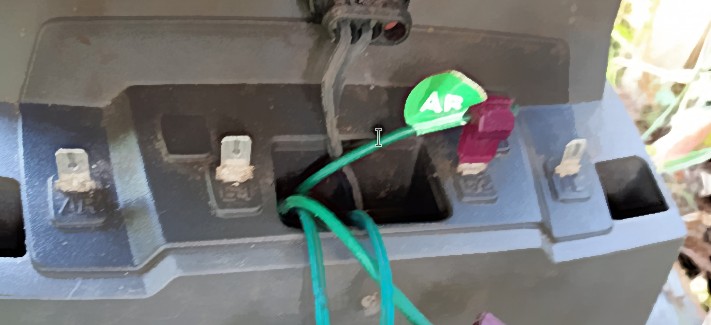
Now the interfering signal should be audible starting from AR up to the already found place, from this point on the noise is probably no longer audible and the place with the interruption is found ...
Video and sound of the noise
Here is a video of my first attempt in which the noise can be heard clearly:
Isolating by means of continuity tester
To limit the interruption, the continuity between the search loop and the outer limit can be measured with an ohmmeter. To do this, disconnect all contacts from the charging station and measure the resistance between the individual cables.

Without an interruption, i.e. when everything is working, all cables of the charging station should have a connection between each other: The ohmmeter can show up to 10 ohms, depending on the cable length: that would still be OK.
continuity between AR and AL: borderline OK
continuity between AR and G1: boundary up to the search loop incl. search loop OK
etc ...
Repair
At first I soldered the points together and insulated them with a heat shrink tube, much easier are appropriate cable connectors:
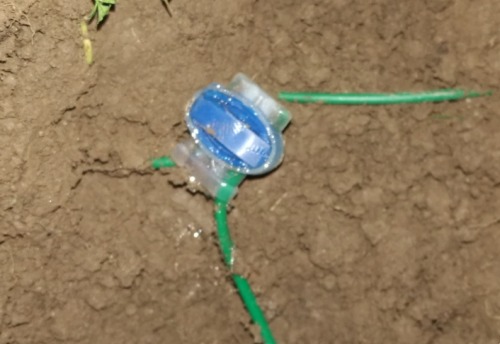
 ({{pro_count}})
({{pro_count}})
{{percentage}} % positive
 ({{con_count}})
({{con_count}})
